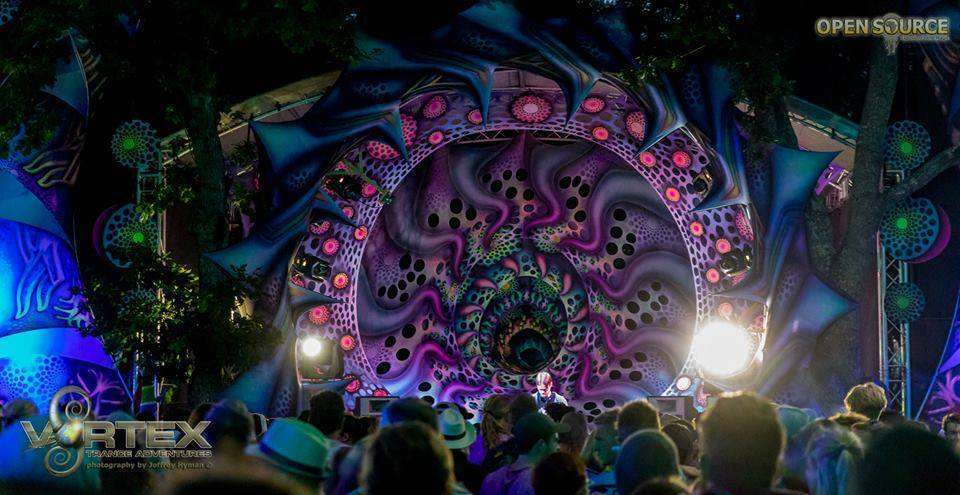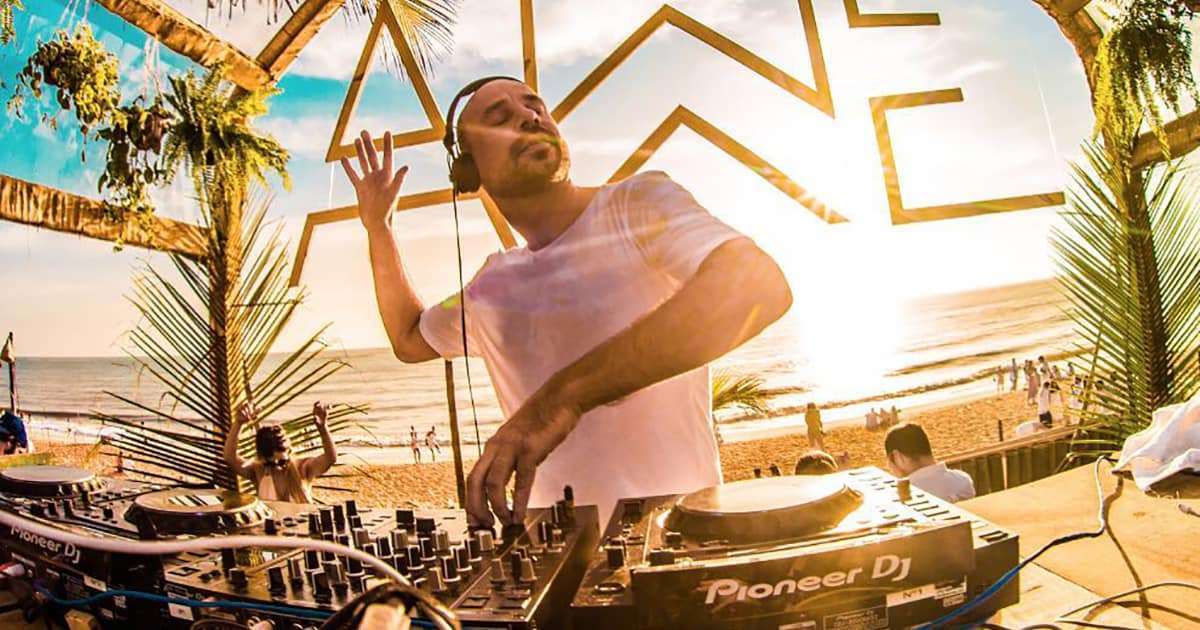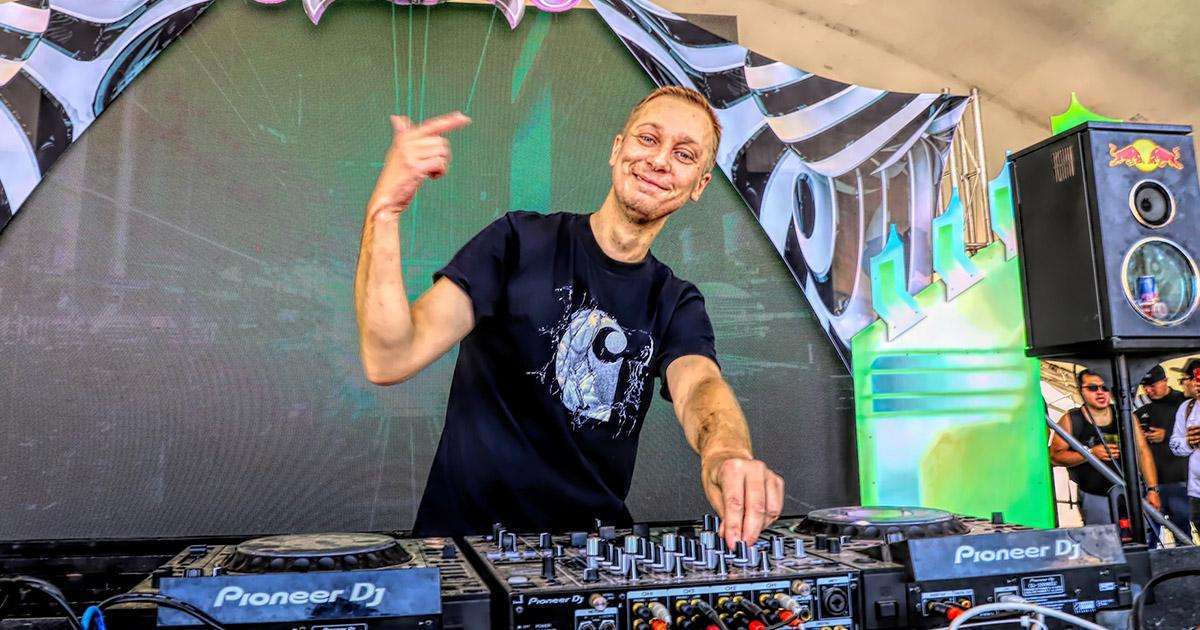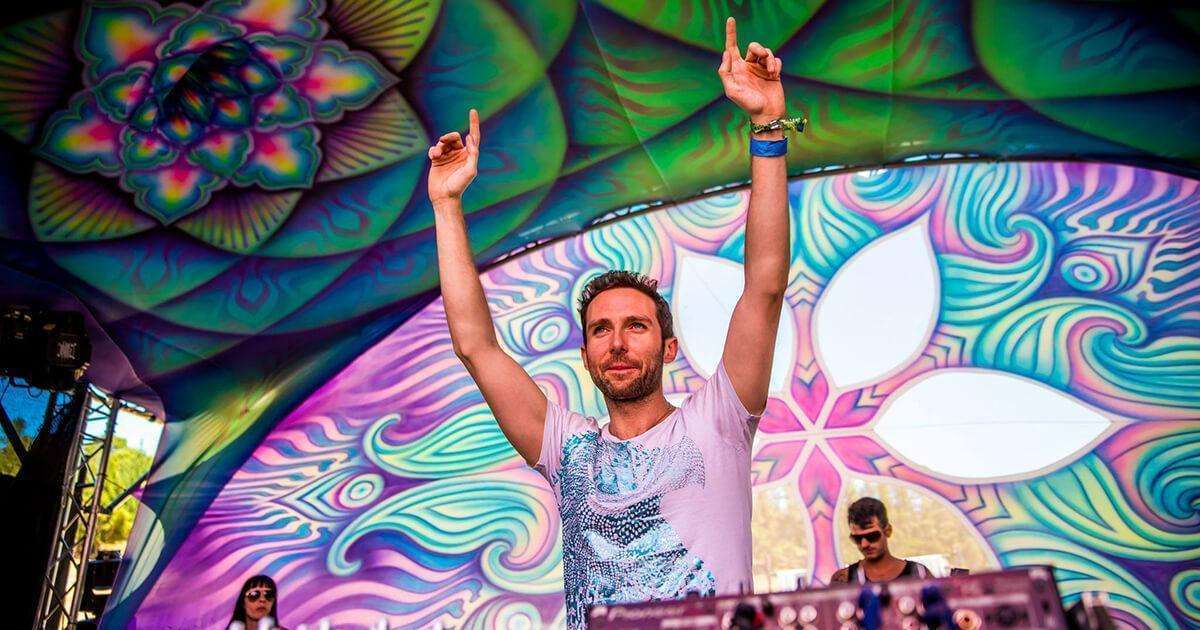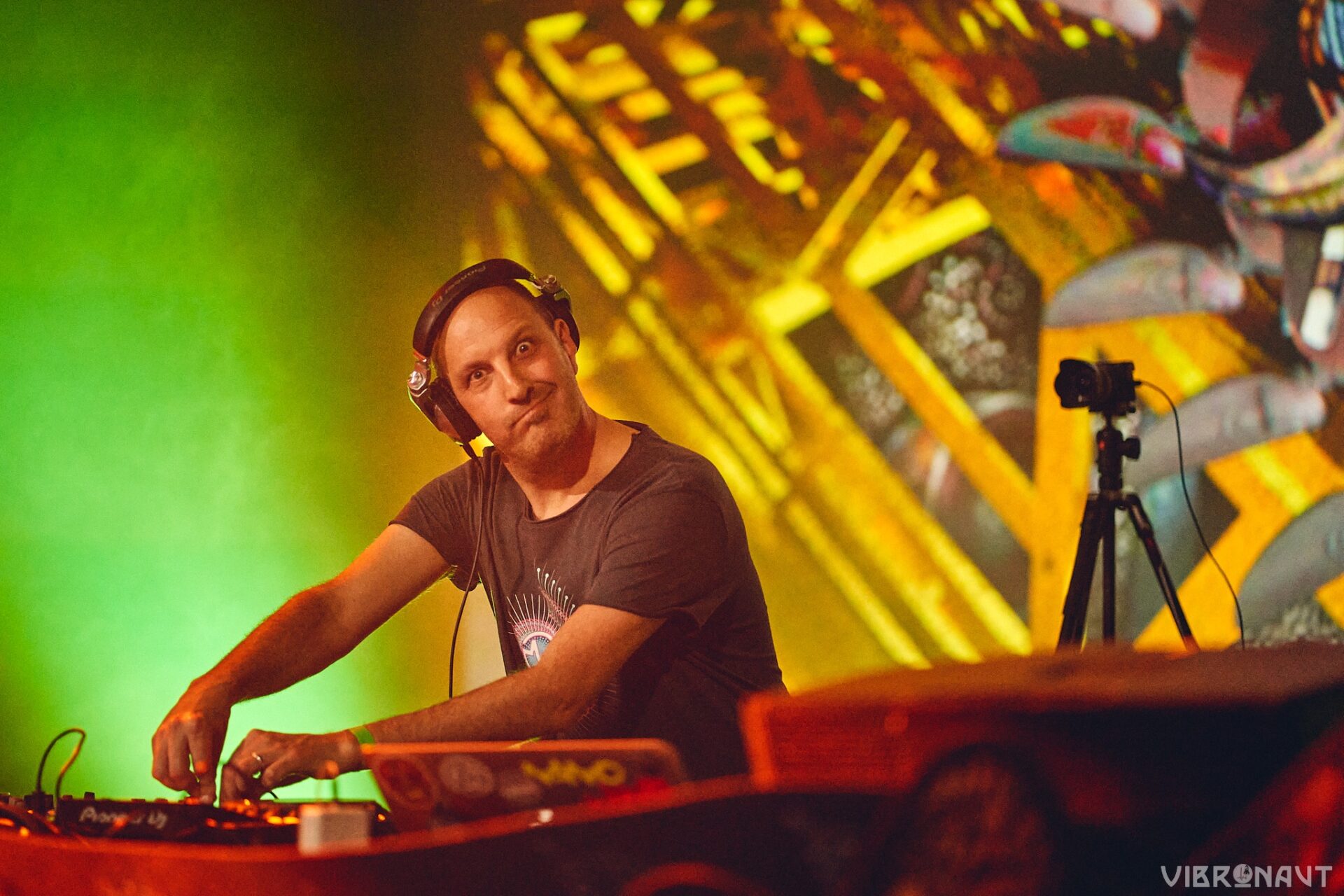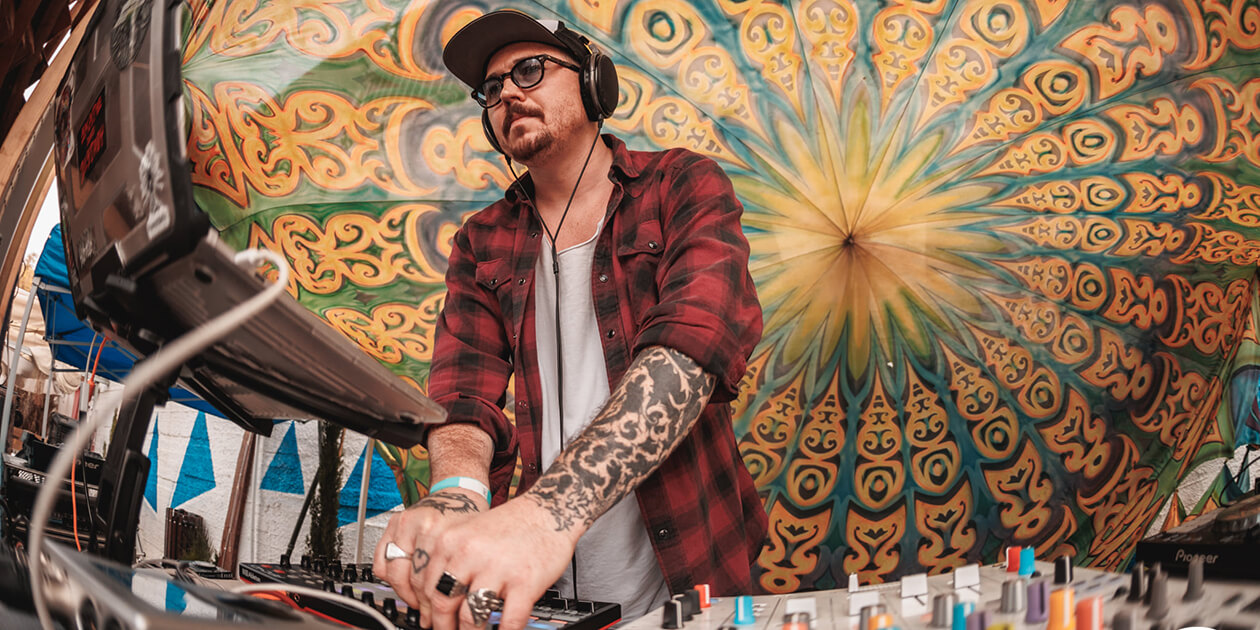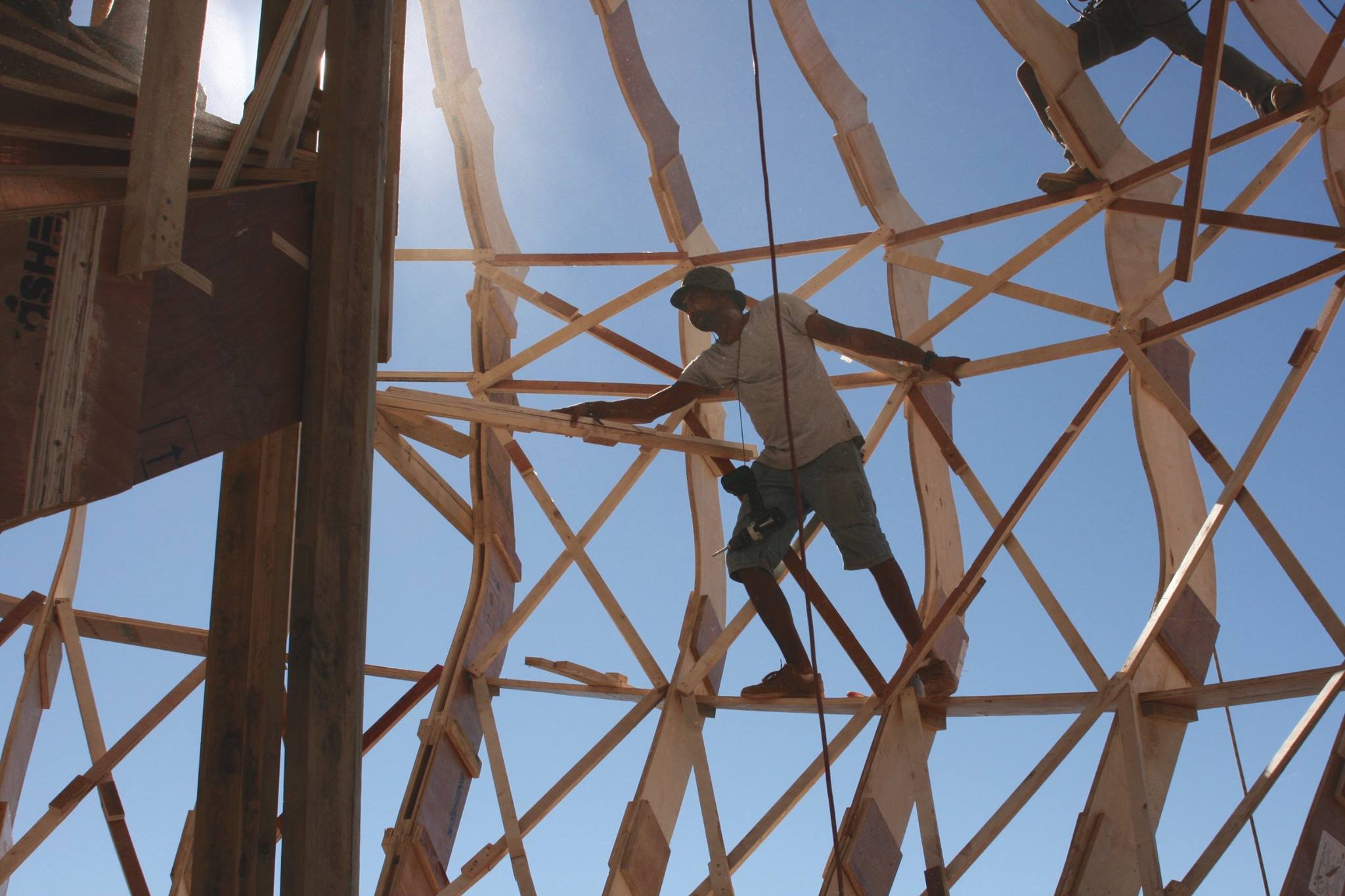We had a chat with upcoming artist Zara Jansen of ZARAZ Decor, located in Cape Town, South Africa. Zara has worked with the likes of Organik, Groovy Troopers, Equinox Experience, Psynopticz Jungala, Vortex Open Source, Alien Safari and an upcoming international booking at Portugal’s ZNA Gathering.
When did you become interested in art?
Zara: I had always been a creative child, with a rather wild imagination. So, I was interested in art from a very young age. As a dreamer, art was my way of escaping and exploring the hidden realms of the imagination. I was lucky enough to have a mother that is an art teacher and has always been very supportive of my creativity. In primary school I would help create décor pieces for concerts and ‘spook rooms’, so I always had an excitement when it came to transforming spaces.
At what point did you start attending festivals and decide to contribute?
Zara: I went to my first psytrance festival in 2011. The festival was Alien Safari Rezonance. I felt like I had stumbled upon a peculiar, magical realm, a world between worlds. I knew instantly that I wanted to contribute and connect with this new creative microcosm that I had just discovered, but at that point I didn’t know how. I attended parties throughout my Fine Arts studies, becoming more fascinated with all the facets involved within these ephemeral ‘pop-up’ worlds. I became amazed by the powerful sense of community they offer to both the partygoers and contributors. The all inclusive and collaborative spirit of a culture created around music and art.
It wasn’t until Warren and Bianca of Organik commissioned me to create the stage décor for Love Project 2013 that I thought I could possibly make festival installation my focus as an artist. Knowing that I would have to learn the craft of décor creation rather fast, I picked up an airbrush for the first time and with in a month and a half we were at setup.
Are there any artists who influenced your style?
Zara: Going to festivals over the years, the décor work that really fascinated and inspired me to start creating my own installations were the designs of Carin Dickson, namely her ability to transform outdoor spaces. I have always liked artists that portray or create inspiring worlds that one can get lost in. Growing up I had always been interested in Brian Froud’s inter-dimensional fairy realms, Mc Escher’s impossible, geometric worlds, and Dali’s surreal realties inspired by altered states of consciousness. I like art with a sense of both beauty and weirdness, and references of both fantasy and science fiction. From my studies I have gained a rich knowledge of the history of art and therefore draw from many references outside of ‘psytrance’, aiding in creating rich visual environments.
How do you differentiate your décor from the rest? What makes your work unique?
Zara: The main aspects that make our work unique is how each festival we create is completely different, we make once off, totally unique installations. We see every festival as a work of art by itself. Not aiming to portray a single style, but to be experimental and spontaneous with our process. We are always open to collaboration and welcome new production processes and ways to enhance the visual environment of a festival. By paying attention to detail, we make it our mission to feel the unique energy that the organisers and festival has as a whole has and give it its own unique essence. In this way we always aim to surprise. We don’t simply strive to make good festival décor, we open portals to alternate realities!
Which South African companies/festivals you have worked with?
Zara: I have had the pleasure of working with Organik, Groovy Troopers, Equinox Experience, Psynopticz Jungala Festival, Vortex Open Source, Alien Safari, Urban Tribe and Pulse Productions. I plan to collaborate with many more in the future!
Have you worked with any festivals abroad? Are you planning to work with more international festivals?
Zara: We have had a lot of interest in terms of rental, but for the first time we are excited to create a completely unique installation overseas. We will be spending a month in Portugal setting up a glorious retro-futuristic, forest wonderland for the enjoyment of all at ZNA Gathering 2017… and many more exciting projects to come!
Do you create any artwork or designs outside the trance scene?
Zara: Well, before I started creating décor, I did painting commissions in oil and acrylic on canvas, coming from my fine art background. I still do commissions but most now involve spraying with an airgun. I am interested in different mediums and subject matters, so doing work outside of the trance scene is creatively nourishing to me. They feed off of each other.
How much do you think décor at a festival plays a role in the transforming of a venue?
Zara: Décor at a festival is vital, as it plays a role in legitimising a gathering of music and dance by elevating the experience into a visually creative spectacle. Décor urges outsiders of the scene to respect these spaces. By working together, music and visual art create an atmosphere of both skill and playfulness, which is intended to inspire its inhabitants.
Décor also helps to emphasize the element of escape. The escape is not only physical (into a forest, desert. etc) but an escape into the visual subconscious. It is therefore vital that the installation artist never underestimates the creativity of the audience.
What is the most challenging part about the process of creating and setting up décor for festivals?
Zara: The challenge in décor production is always to create big effect with a limited budget. As the vision of a festival is a world in itself, part of the challenge is choosing which part of its visual reality will create the greatest impact and give the audience the best idea of that world. The most important job is communicating with the client and achieving their vision as best one can.
The biggest challenge at an outdoor set-up is the weather. As being onsite, usually entails ‘roughing it’ on a farm. Wind, rain and sun can all play a role in making set-up challenging. These challenges always call for one to be creative in solving practical problems and often surprisingly turns out better than expected.
What is your creative process like?
Zara: Every project starts off with a theme after speaking to the client. Once an idea is formulated, the research phase begins, into specific references and inspirations that best portray the vision that we intend to create. Artistic creative process however doesn’t start and end with each individual project. It is an ongoing evolution that occurs from project to project, which is a reflection of the personal development of skills and ideas. My creative process is one that constantly seeks to upgrade itself. Always striving for better ways to think about production processes as well as being exposed to diverse spectrums of thought. I would explain our process as having an organic flow allowing for maximum contemplation and experimentation.
Once a design is finalised, payment is made and we start the creation process. By combining digital design, pattern work, sewing, sculpting, structure work and painting/spraying, we bring the sketch to life. Leaving the design open to minor tweaks that add interest and detail where needed. Every element is made in our studio (a triple garage) and assembled on site. The assembly on site usually takes about a week with the help of an experienced rigging crew. The scene is then set for its audience to discover a hidden magical realm, and all they need is a ticket.
